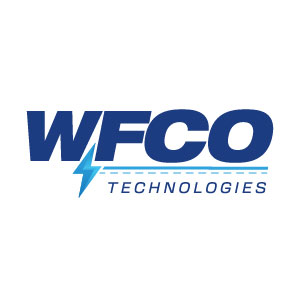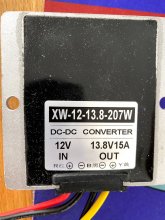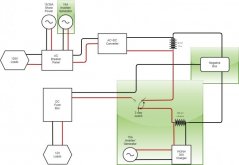JustAGuy101
New Member
- Joined
- Dec 14, 2020
- Messages
- 14
Ok so, here's the use case. 23 foot travel trailer, 2021 Jayco. Will be used almost exclusively for weekend (<3 days) boondocking.
Tow vehicle 2017 Tacoma, V6 with tow package.
The question is, if I were to simply replace the 12V/60Ah lead acid battery that sits on the tongue with a DIY 12V/206 AH LiFePo4 with
Overkill solar BMS, what would the possible consequences be?
Here's what I can think of:
Possible overload/damage from charging a LiFePo battery with the alternator while returning home.
Cables from battery to AC/DC distribution center may not be of sufficient size.
Stock converter will likely only charge the LiFePo to 50-60% SOC before the converter switches to float.
What am I missing?
Thanks
Tow vehicle 2017 Tacoma, V6 with tow package.
The question is, if I were to simply replace the 12V/60Ah lead acid battery that sits on the tongue with a DIY 12V/206 AH LiFePo4 with
Overkill solar BMS, what would the possible consequences be?
Here's what I can think of:
Possible overload/damage from charging a LiFePo battery with the alternator while returning home.
Cables from battery to AC/DC distribution center may not be of sufficient size.
Stock converter will likely only charge the LiFePo to 50-60% SOC before the converter switches to float.
What am I missing?
Thanks





